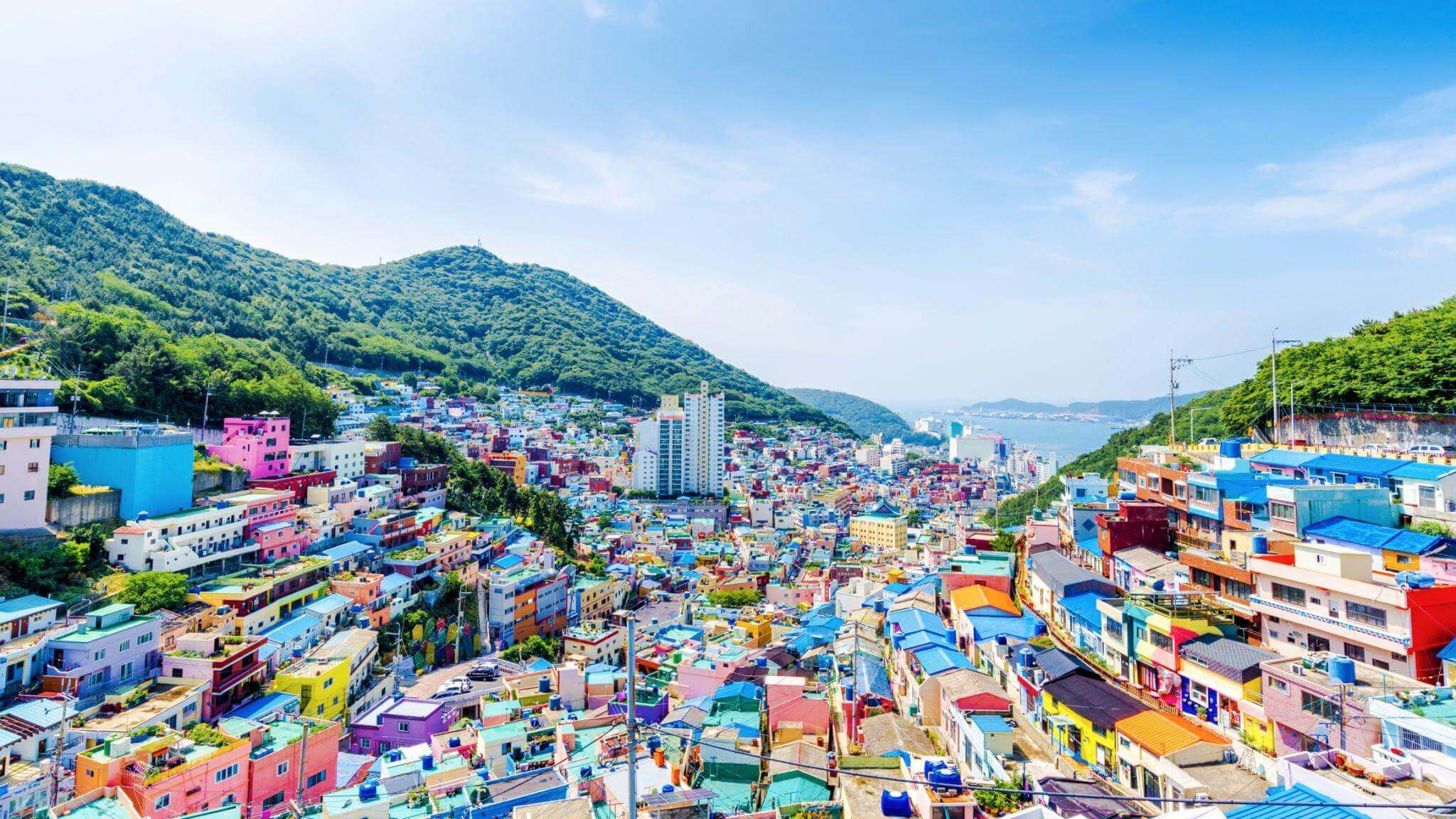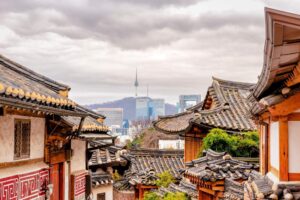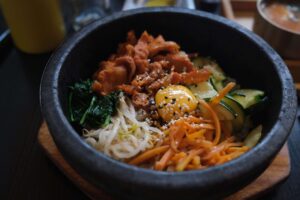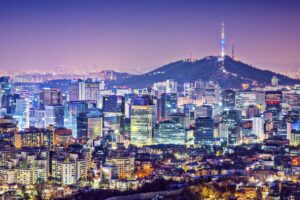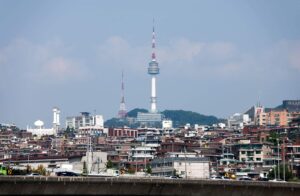Busan is a vibrant coastal city located in the southern part of South Korea. With a population of over 3.5 million, it is the second-largest city in the country and a major hub for commerce, culture, and tourism. Known for its stunning beaches, bustling markets, delicious cuisine, and the famous annual Busan International Film Festival, Busan offers a unique blend of traditional Korean culture and modern amenities.
One of the highlights of Busan is its beaches. Haeundae Beach, in particular, is one of the most popular destinations in the city, attracting visitors from all over the world with its pristine white sand and crystal-clear water. But Busan offers much more than just beaches. The city is also home to a wide range of museums, markets, and temples that offer a glimpse into the history and culture of Korea.
Brief History
Busan has a long and fascinating history that dates back to the prehistoric era. The city was originally known as Geochilsan-gun, and it served as an important center for trade and culture during the Three Kingdoms period. In the 14th century, Busan became a major port city, connecting Korea to the rest of the world and serving as a hub for international trade. During the Japanese colonial period, Busan was a center for resistance against Japanese imperialism, and it played an important role in the Korean independence movement.
After the Korean War, Busan emerged as a key industrial city, thanks to its strategic location and well-developed infrastructure. Today, Busan is a dynamic and modern city that has retained its unique cultural heritage while embracing innovation and progress.
Things to do in Busan
1. Haeundae Beach

This stunning stretch of sand is known for its crystal-clear waters, picturesque surroundings, and range of activities that are sure to keep you entertained.
First and foremost, Haeundae Beach is a prime location for sunbathing and swimming. The beach spans nearly 2 kilometers, so there’s plenty of space to spread out and soak up the sun. And if you’re looking to cool off, take a dip in the refreshing waters. The beach is also home to a range of water activities such as jet skiing, parasailing, and banana boating, so there’s never a dull moment.
But Haeundae Beach isn’t just about sand and surf. The beach is surrounded by a variety of restaurants, cafes, and shops, so you can easily spend the entire day here. Whether you’re in the mood for a quick snack or a full meal, you’ll find plenty of options to suit your taste buds. And if you’re looking to do some shopping, the area around the beach is home to everything from souvenir shops to high-end boutiques.
Another must-see attraction at Haeundae Beach is Dongbaek Island, a small peninsula that is home to a beautiful park. Here, you can take a leisurely stroll through the gardens, enjoy the stunning views of the sea, and take in the peaceful atmosphere. The park is also home to the Dongbaekseom Lighthouse, which offers even more breathtaking views.
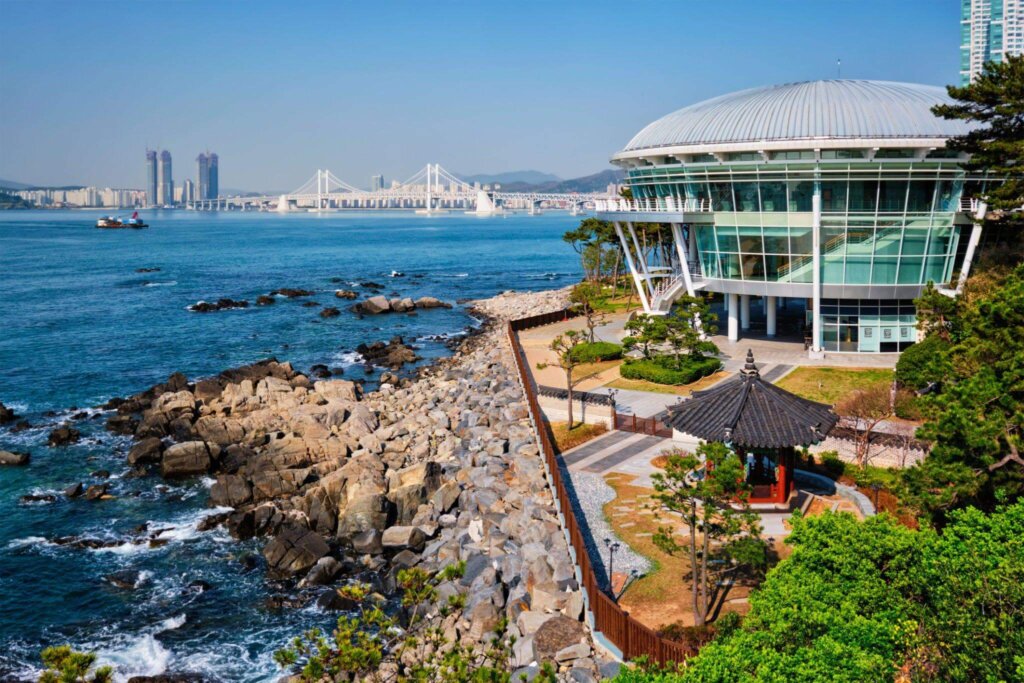
One of the best times to visit Haeundae Beach is during the annual Haeundae Sand Festival, which takes place in June. During the festival, the beach is transformed into a giant sand sculpture exhibition, with artists from around the world coming to create their masterpieces.
2. Gamcheon Culture Village

Gamcheon Culture Village is one of Busan’s hidden gems, a must-see destination for anyone visiting the city. Located in the hills above the city, Gamcheon is a colorful and charming neighborhood that has been transformed into an art-filled wonderland.
The village is made up of narrow streets, steep staircases, and quirky buildings, all painted in a rainbow of colors. Everywhere you turn, you’ll find street art, murals, and sculptures, creating a whimsical and playful atmosphere. Gamcheon also boasts incredible views of the city and the sea, making it a popular spot for photographers.

The village is also home to a number of small galleries and cafes, giving visitors a chance to take a break and soak up the local culture. You can try traditional Korean snacks or sip on a cup of coffee while enjoying the stunning views.
3. Busan Museum

The Busan Museum is located in the heart of the city and is easily accessible by public transportation. Once you arrive, you’ll be greeted by a modern and spacious building that houses a variety of permanent and temporary exhibits.
One of the highlights of the museum is the exhibit on the history of Busan as a port city. Here, you can learn about the city’s evolution from a small fishing village to a bustling trade hub. The exhibit features a range of artifacts, including maps, photographs, and models of historic ships, that give a glimpse into the daily life of early residents.
Another popular exhibit is one that explores the cultural traditions of Busan. Here, you can learn about everything from traditional dress to cuisine to music. One of the standout displays is a life-sized replica of a traditional Korean house, complete with furnishings and decor that give a sense of what daily life was like in the past.
In addition to the permanent exhibits, the Busan Museum also hosts a range of temporary exhibits that cover a variety of topics. From art exhibitions to cultural festivals, there’s always something new and exciting to see at the museum.
But perhaps the best part of the Busan Museum is that it’s completely free to enter! So whether you’re a history buff or just looking to learn more about Busan’s culture, a visit to this museum is an absolute must.
4. Jagalchi Fish Market

The market is located in the heart of Busan and is easily accessible by public transportation. Once you arrive, you’ll be greeted by a maze of stalls and vendors selling everything from live octopus to king crab to sea urchin. The sights, sounds, and smells of the market are truly a feast for the senses.
One of the best ways to experience the market is to take a walk around the stalls and see what catches your eye. The vendors are friendly and welcoming, and many will offer you samples of their fresh catches. Whether you’re looking for a quick snack or a full meal, there’s something for everyone at the Jagalchi Fish Market.
If you’re feeling adventurous, be sure to try some of the more unique dishes that the market has to offer. For example, you can sample raw octopus that is still wriggling on the plate, or try some sea urchin roe that is considered a delicacy in Korea.
But even if you’re not a seafood lover, there’s still plenty to see and do at the Jagalchi Fish Market. You can watch the vendors in action as they prepare the seafood right in front of you, or take a stroll through the nearby alleyways that are filled with restaurants and shops.
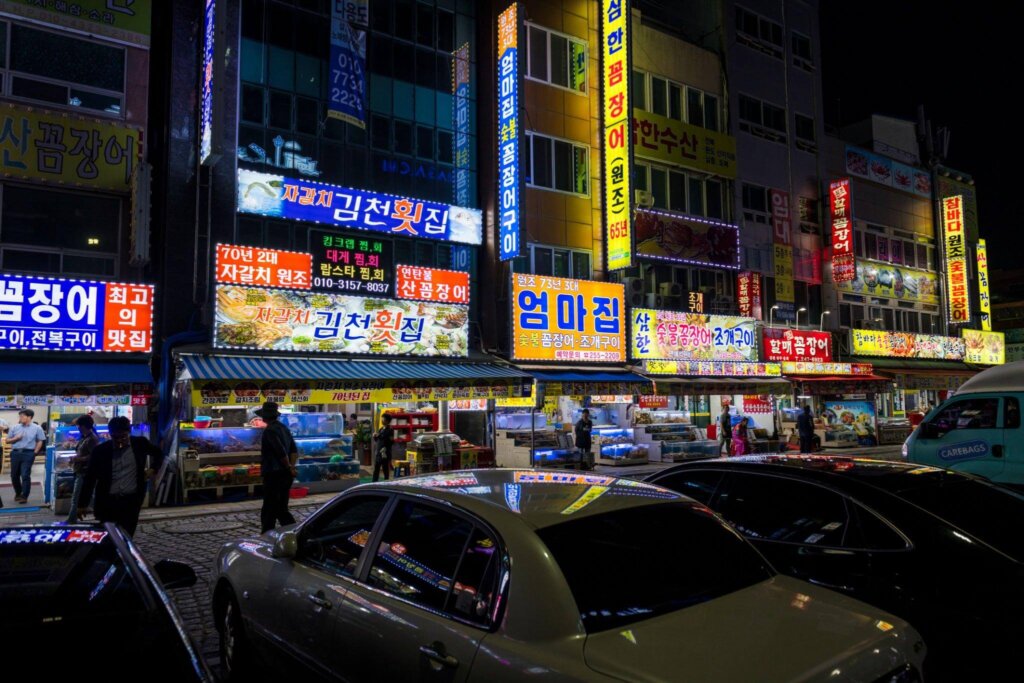
Transportation
Transportation in Busan is a breeze, thanks to the city’s efficient and extensive public transportation system. Whether you’re traveling by bus, subway, or taxi, getting around the city is quick, easy, and affordable.
The Busan Metro is one of the best ways to travel around the city. It is a modern and efficient subway system that connects major neighborhoods and tourist attractions. The subway trains are clean, comfortable, and punctual, and the signage is clear and easy to understand even for non-Korean speakers. The fares are also affordable, with a one-way ticket costing around 1,200 won (about $1 USD).
Another popular mode of transportation in Busan is the city’s bus system. The buses in Busan cover a wider area than the subway, making them a great option for reaching destinations that are not close to a subway station. The bus fares are also very reasonable, with a one-way ride costing around 1,300 won (about $1.10 USD).
For those who prefer a more convenient and private mode of transportation, taxis are also widely available in Busan. The taxi fares are relatively affordable, with a starting rate of around 3,000 won (about $2.50 USD), and the drivers are generally friendly and helpful.
When it comes to accommodations, Busan offers a range of options to fit every budget. From budget-friendly guesthouses to luxurious hotels, you’ll find a place to rest your head that suits your needs.
Getting around Busan is easy and convenient, thanks to the city’s efficient public transportation system. Buses and subways are affordable and easy to navigate, so you won’t have to worry about getting lost. However, if you’re feeling adventurous, then renting a car is an option. Just be prepared for some crazy traffic – it’s not for the faint of heart!
Final Thoughts
Busan is an amazing city that offers a unique blend of traditional Korean culture and modern amenities. Whether you’re seeking stunning beaches, delicious cuisine, fascinating museums, or bustling markets, Busan has something to offer everyone. The city’s efficient and affordable public transportation system makes it easy to explore all that Busan has to offer, from the charming streets of Gamcheon Culture Village to the lively atmosphere of Haeundae Beach.
What truly sets Busan apart, however, is its friendly and welcoming atmosphere. The locals are known for their hospitality and generosity, making visitors feel right at home. And with so much to see and do, you’ll never run out of things to explore in this vibrant and dynamic city.

